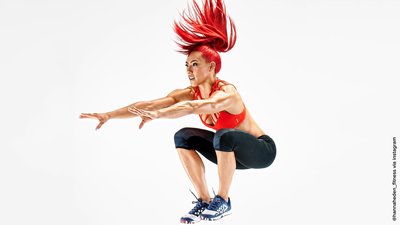You've been hitting the gym and seeing great results. But now you want more. Curious about how the pros get and stay in world-class shape? Sometimes just a few tweaks to your approach are all you need to start making remarkable progress.
We've asked three leading fitness athletes for advice on how to go from good to great. Each of these tips can help you become a well-balanced athlete ready to tackle any challenge thrown your way.
1. Combine Cardio with Strength Training
Add cardio elements to your strength routine through "active rest," performing short bursts of cardio during your rest periods. "It'll save you time and skyrocket your results," says RSP athlete Hannah Eden.
Eden explains that keeping your heart rate elevated during strength training helps you burn more calories, build bigger and stronger muscles, and increase your flexibility.
"Start with 30-60 seconds of intense cardio with explosive movements such as jumping rope, tuck jumps, box jumps, and broad jumps," Eden says. "Then, pick up your heavy weights to pump more oxygen and nutrients into your targeted muscles. This combination is a great way to supercharge muscle growth."
2. Train Your Core Lifts
When it comes to your exercise selection, don't skip the big lifts. "There is no way around it," says RSP athlete Curtis Bartlett. "You just can't afford to avoid the two core lifts: squats and deadlifts."
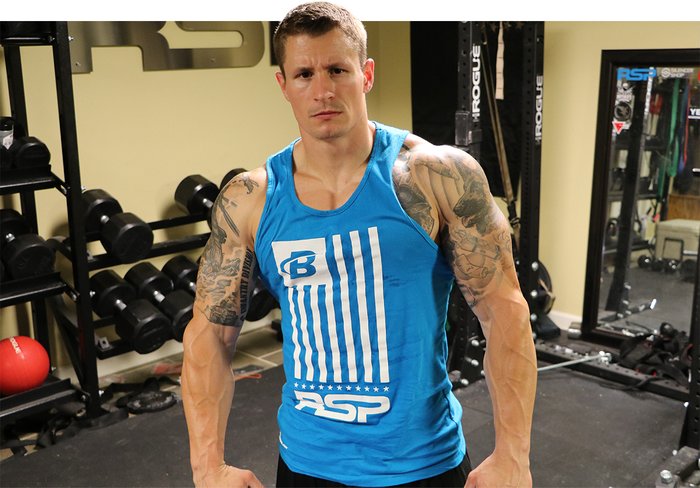
If you're a regular at the gym, chances are you never see anyone skipping chest day. But keep your eye on the squat rack, and you might notice that it's hardly ever in use—at least, not for squats. "Even if people do work their legs, you rarely see them using the squat rack or the deadlift platform," says Bartlett. "While I have nothing against machines, and often use them toward the end of a workout, they can't replace the benefits and core activation gained from doing squats and deadlifts."
Bartlett recommends doing some variation of squats and deadlifts every other day to build and maintain a solid foundation.
3. Stop the Comparison Game
"One of my favorite quotes to live by is, 'Comparison is the thief of joy,'" says RSP athlete Kieon Dorsey. "It's fine to use people you follow on social media, or even the legendary greats, for motivation and inspiration," he says. "But never compare yourself to them, because there will always be someone bigger, better, stronger, and faster than you."
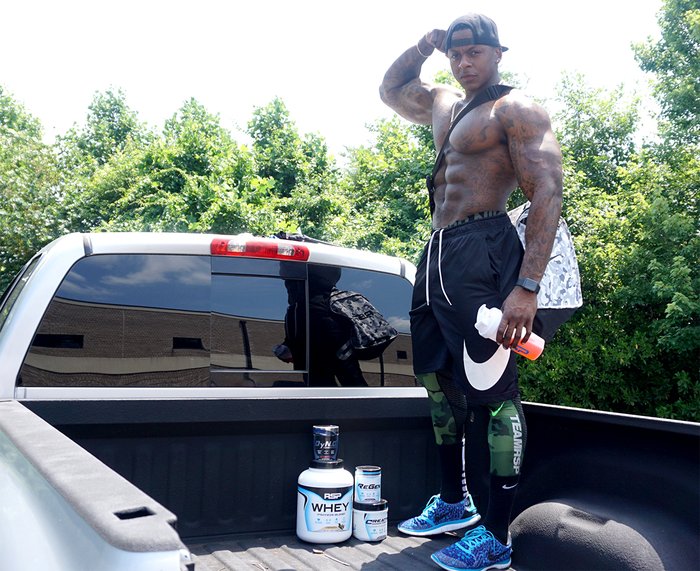
Instead, Dorsey recommends measuring success by the progress you're making and by remembering why you started in the first place. "It's a great idea to take time every so often and reflect on how much progress you've made," he says. "Look at how far you've come instead of how far you have to go."
4. Band Up
Don't overlook the power of resistance bands! "I recently incorporated a lot of band work into my training routine," says Eden. "Bands have helped me gain serious muscle in places I could never target with free weights or a barbell."
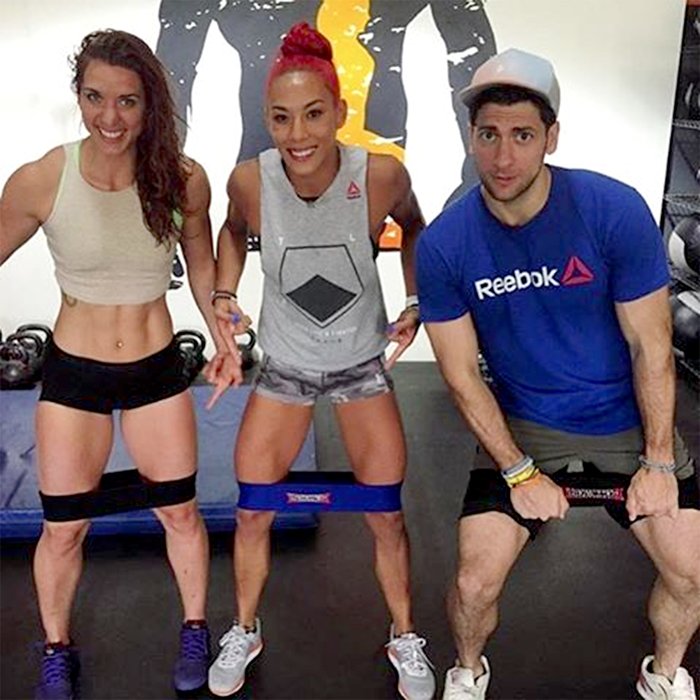
@hannaheden_fitness via instagram
With that small piece of rubber, you can create an insane amount of burn and pump, stimulate growth and strength, and inflict less impact on your joints. "Resistance bands are really easy to travel with, so you have no excuse for not getting your pump on," Eden says.
"Bands are great, because they let you feel the entire range of motion," says Eden. "You can also keep constant tension on your muscles during both the concentric and eccentric phase of each exercise."
5. Don't Be Afraid to Fail
Never be afraid to fail—your set, that is. "Too many people see "5 sets of 10 reps" on their workouts and are too scared to add weight because they might not make their reps," says Bartlett. "For some reason, people see not being able to do all their reps with extra weight as not being good enough. What it really means is that they've pushed themselves."
"Too many people get in their comfort zone and don't want to look weak in front of their buddies," he adds. "Don't be scared or ashamed of your weakest lifts. These are the ones that help you the most.
6. Train Legs More Often
Another tip Dorsey offers is to focus on training your legs more often. "Most people, especially guys, don't train legs at all or enough," he says. "If you're going to the gym six days a week, you should be training your legs on three of those days."
Dorsey recommends devoting two days to strict leg training. On the third day, incorporate some form of leg training into your routine.
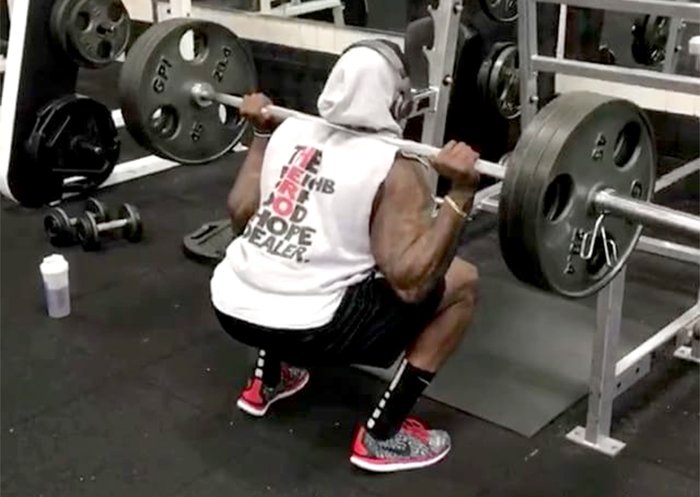
@kieon via instagram
"Legs are comprised of the largest muscle groups in the body, and when trained frequently, can increase metabolism and lead to higher overall testosterone release," he says. "Strong legs will help you look less top heavy too." If you want a balanced, symmetrical physique, make leg training a regular part of your routine.
7. Know Your Calorie Target
When it comes to nutrition, Eden says undereating is actually worse than overeating. "When I first began my fitness journey and started to see progress with my physique, I became self-conscious of what I was putting in my mouth," she recalls. "It wasn't long before my results started slowing down and plateaued. I couldn't figure out why. It turned out I just wasn't eating enough."
Your body goes into survival mode if you don't eat enough on a regular basis. Once your body learns to live on less fuel, your metabolism slows down, and you feel like eating even less food. It can become a vicious circle. "Instead of undereating, try eating smaller portions throughout the day," Eden advises.
Prioritize lean protein sources, and make sure you’re getting complex carbohydrates and healthy fats throughout the day to keep you energized. “Fueling your body and your metabolism may help you to burn more calories throughout the day”.
8. Don't Try to Out-Train a Bad Diet
"Everyone gets tired of hearing words like paleo, macros, low-carb, or meal prep," says Bartlett. "But no matter how hard you train, you're not going to make progress unless you're eating the right foods."
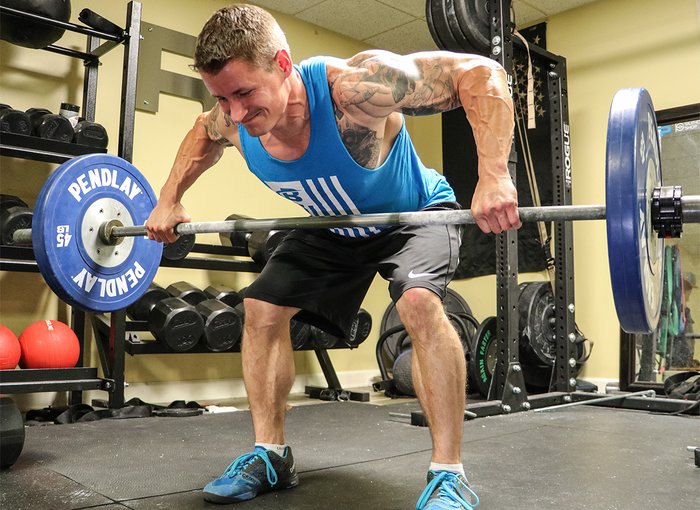
While life can be hectic, don't let it be an excuse to frequently consume sweets, alcohol, or processed foods that set you back. "Take the time to research, prep, and plan your meals," he says. "When you make sure you're getting the daily nutrients you need, it's a lot easier to achieve your goals in the gym."


